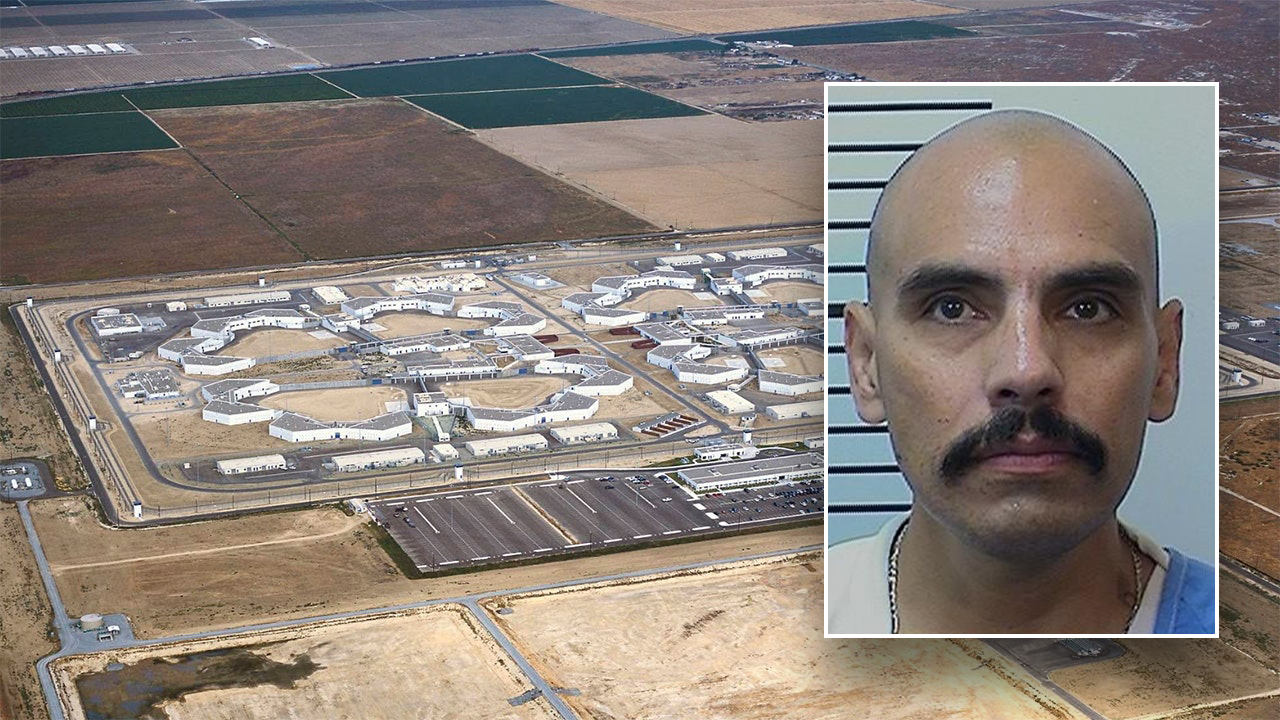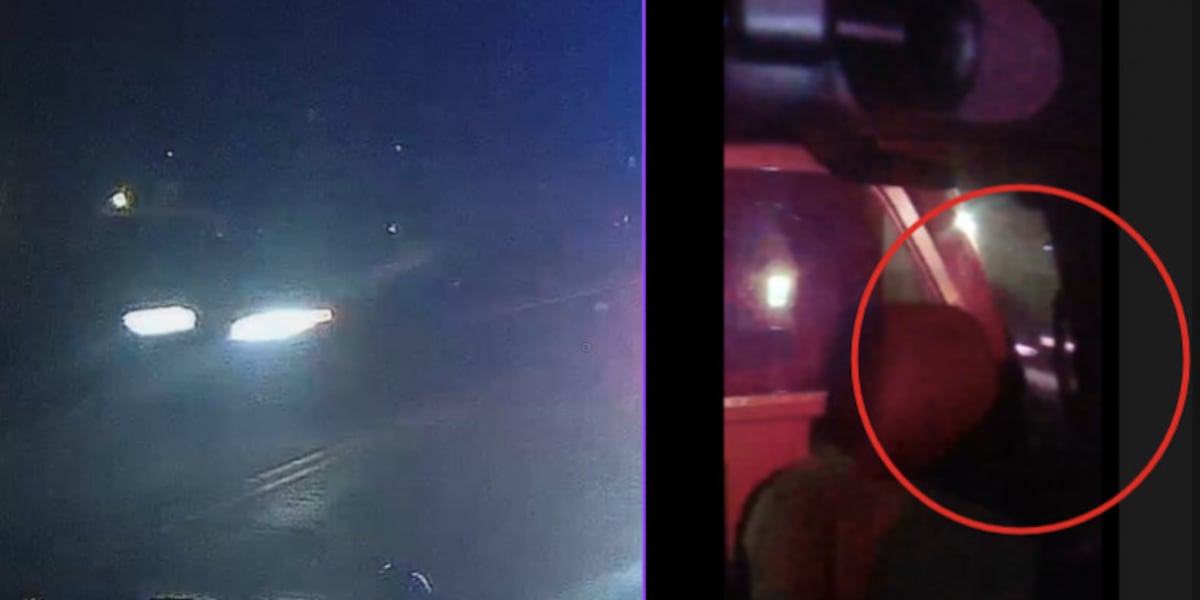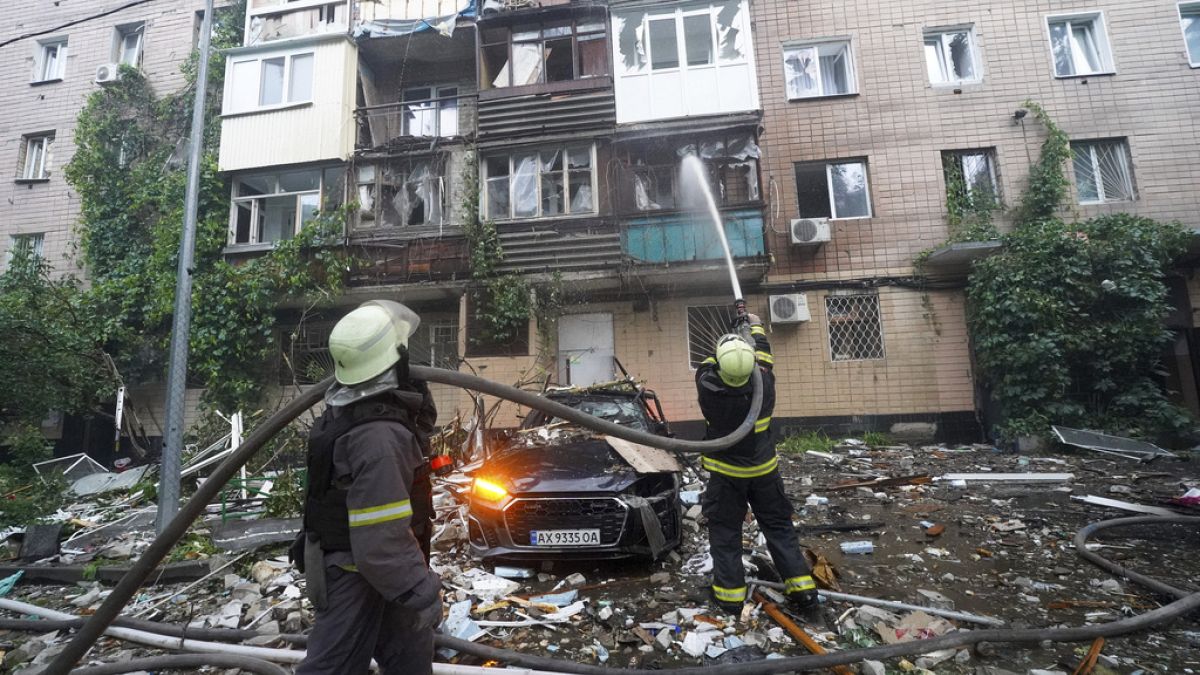NEW ORLEANS – As a new era of the New Orleans Saints builds in the offseason, exciting times are ahead for a few Louisiana natives.
In the last few years, the Black and Gold have brought home guys like former LSU stars and Louisiana natives Tyrann Mathieu, Jarvis Landry and Foster Moreau.
Now, they’ve added more home grown talent ahead of the 2025 season.
The Saints picked up former LSU and Catholic High running back Clyde Edwards-Helaire late in the 2024 season from the Kansas City Chiefs. After playing in the final two games of the season, the Saints signed Edwards-Helaire to a one-year contract.
Also in the free agency window, New Orleans brought on Dutchtown High alum Justin Reid from the Chiefs and LSU and Brother Martin alum Will Clapp. Reid signed a three-year deal with the Saints. Clapp signed a one-year contract to return to the team that drafted him in 2018.
In a trade with the New England Patriots, the Saints brought Plaquemine and LSU alum Davon Godchaux back to his home state.
The Louisiana guys are all familiar with each other and have either played with or against one another in their high school and college careers.
Moreau likes the talent from the bayou that is now in the locker room and believes that it could make this 2025 team unique and give them an edge.
The 2025 season is expected to be a total rebuild from the inside out and on both sides of the ball for first-time head coach Kellen Moore.
Now that the Saints have wrapped up Organized Team Activities (OTAs), they will have a few days off before returning to the practice facility in Metairie for Mandatory Minicamp on June 10.































